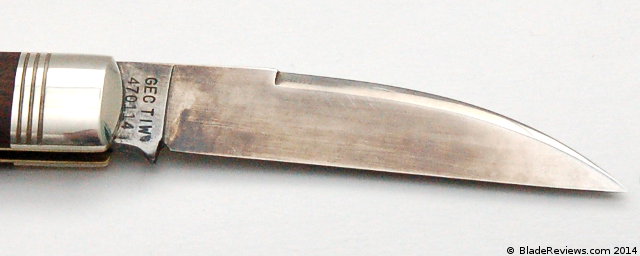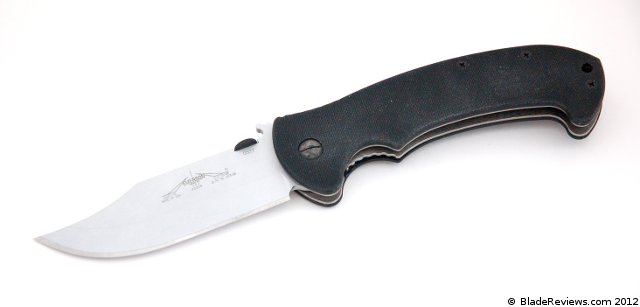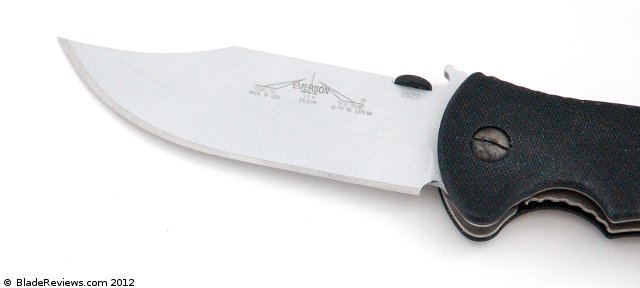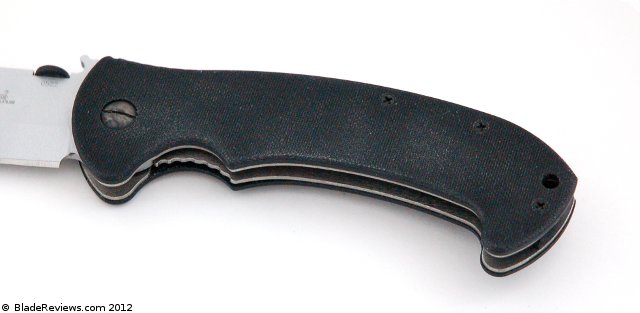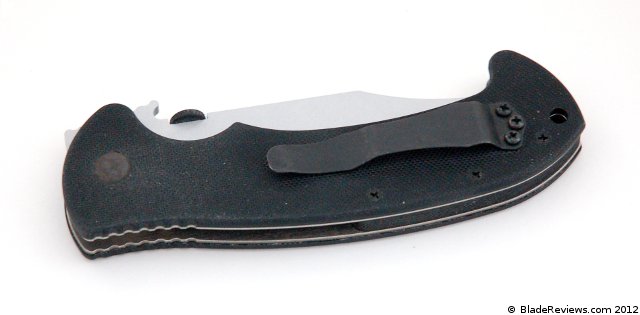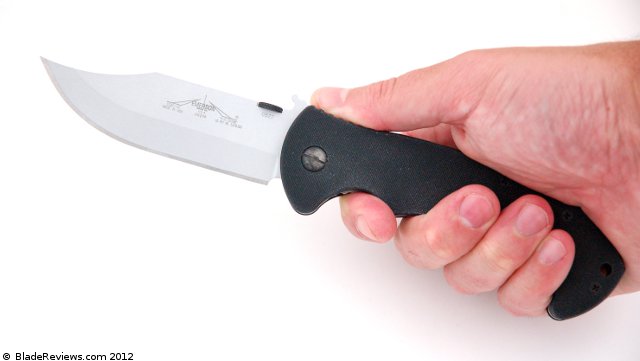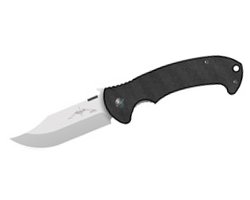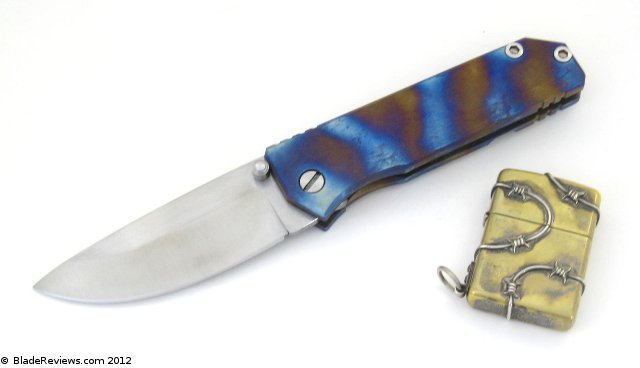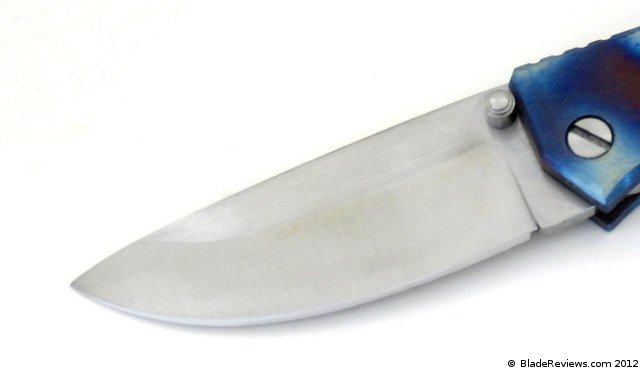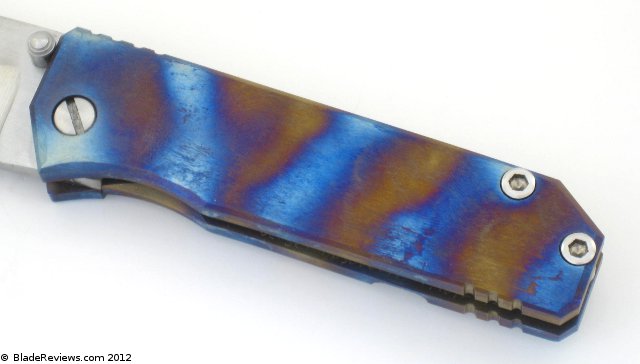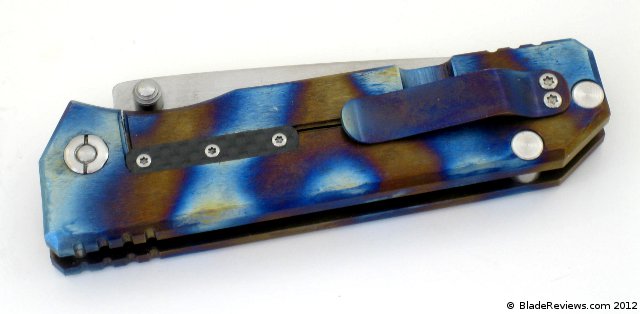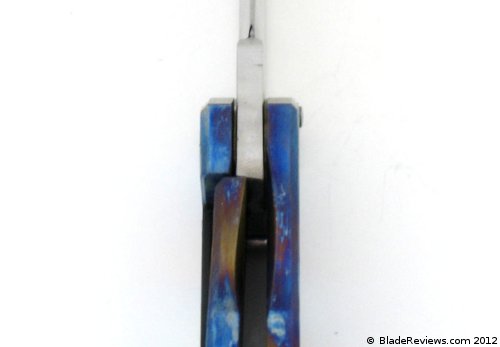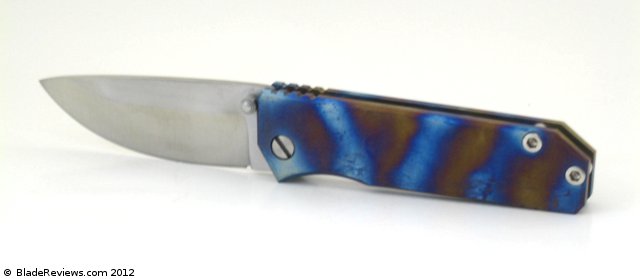Last Updated: August 5, 2019
I have recently seen a resurgence of interest in classic slipjoint knives. Maybe folks are getting tired of shelling out $200+ for the latest framelock flipper. Or maybe they like the idea of carrying something their grandpa may have carried. Who knows for sure.
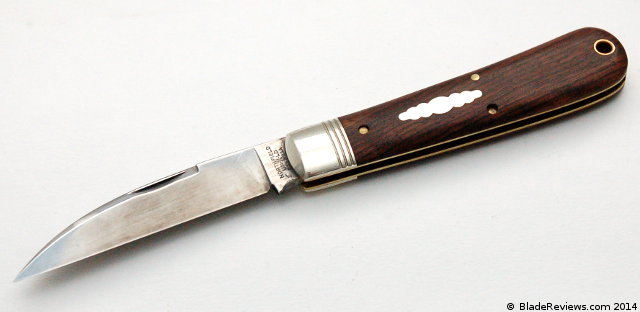
Buy the GEC Viper at KnivesShipFree
Personally I know over the past couple years my carry tastes have trended toward the traditional. I still enjoy the latest and greatest, but 2 of my favorite EDC folders in recent memory have been the Victorinox Cadet and Chris Reeve Mnandi. I loved the slim utility of the Cadet, and the leather ensconced classiness of the Mnandi. They are such excellent knives for my basic daily purposes.
Then reading Tony’s review of the Indian River Jack piqued my interest in GEC knives. I view some of these GEC slip joints as almost a cross between a Cadet and Mnandi: simple tools matched with higher end materials and finishes.
So today’s review is of the GEC Viper. Or the #47 as some call it. I don’t know what it is exactly about the classic swayback slip joint pattern, but I really dig these traditional wharncliffes. The Viper is a newer model, and it’s garnered a fair amount of enthusiasm amongst the traditional knife crowd, so I figured it would be a nice model to acquire for review.
I don’t proclaim to be an expert on these traditional knives. Heck I’m not an expert on knives at all (just ask Kershaw Thomas). But I enjoy cutlery and will do my best to share my opinion of this fine folder from Great Eastern Cutlery.
General Dimensions and Blade Details
The Viper has an overall length of 6.81″, a 3″ blade, and it weighs 2.7 ounces. I must not have researched this knife very carefully because when it arrived in it’s cardboard tube I was surprised at how big it was. This is a good size slippie, especially when compared to something like a Cadet. I grew to enjoy the size of the 47. After all, it was originally designed to be a working knife. It is also fine as a suburban EDC.
The Viper comes with a beautiful 1095 carbon steel warncliff blade. Mine has a high flat grind and swedge. The edge is very fine. It’s more of a microbevel than anything. The high carbon steel has been given almost a mirror polish. It looks good and I imagine it helps cut down on rust and corrosion. 1095 is not a stainless steel, and I have had it rust on a few of my fixed blades. By giving the blade a polish there is actually less surface area for rust.
But the cool thing is that the polished 1095 will patina. On my Sod Buster JR I decided to play around with a “forced” patina by slathering the blade in mustard. With the Viper I want the patina to form naturally, so I’ve just been using the knife as I normally would, and resisting the urge to dip it in a vat of honey dijon. So far the results have been cool. I like the character it has developed over the past couple months, and look forward to seeing how things progress.
One small complaint is the amount of branding that GEC etches onto the blade. In my pictures the etching has faded, but from the factory it comes with a very overt “NORTHFIELD UN-X-LD” logo smack dab in the middle of the beautiful blade. Yeah… no thanks. Mercifully, most of the logo rubbed off after an application of Barkeeper’s Friend, a cleaning product that should consider sponsoring the website given how much I talk about it.
The 1095 isn’t just good to look at. The blade of my Viper has been given a super keen edge, and the cutting performance has been really nice. The blade easily tracks through paper, and I’ve also used the knife for mild food prep, opening packages, etc. But the other weekend I really put the knife through it’s paces. I was tasked with cutting up a large quantity of cardboard with drywall joint compound on it that wouldn’t fit into a trash can. These slip joints are usually ground thin, and the Viper is no exception. It is a keen slicer and made easy work of the cardboard. At the end of the the edge had slowed down a little, but 1095 is very easy to touch up on a strop or corner of my Spyderco Sharpmaker.
Handle, Ergonomics, and Carry
GEC offers the Viper in a variety of handle configurations. Mine is bolstered with Che Chen Rosewood scales over brass liners. This is my first knife with rosewood. It’s a beautiful wood and I have seen it on many high end guitars. I love the fine cord-like grain and deep shimmering quality of the wood when you hold it up to the light. The handle has been beautifully finished. The edges are nicely chamferred, there are no gaps in the liner or backspring, the pins and lanyard tube are meticulously sanded down, and the silver medallion inset into the handle is flawless. When you turn the knife over to examine the back of the handle there is no gap or bump in between the back spring and spine of the blade. It’s a really nice and well made handle.
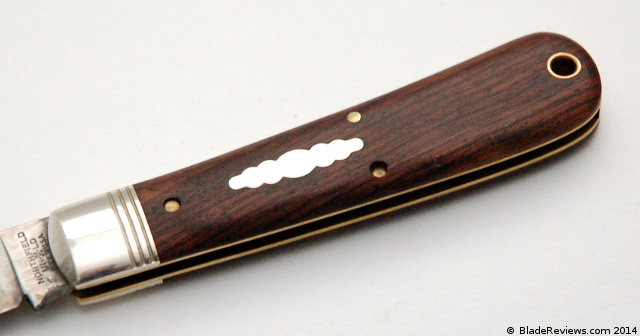
In hand the Viper feels like a spacious work knife should. Don’t let the wood handles fool you: this is still a high performance tool. Back before the days of titanium, G10 and stainless steel, these were the kinds of knives folks used every day. Working with the Viper you can understand why these kinds of handles have stood the test of time. They are basic and comfortable. You can definitely whittle some sticks, cut cardboard, or handle most other daily tasks with ease.
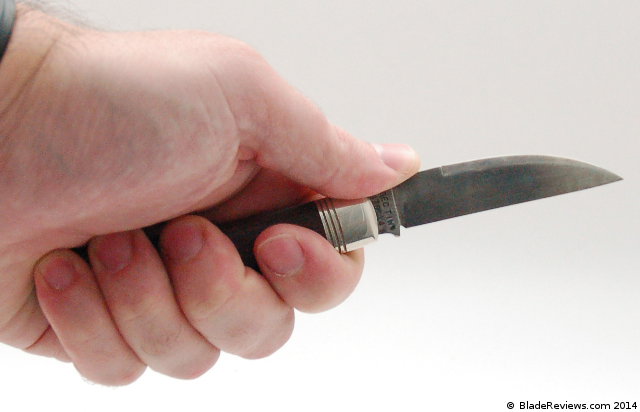
The Viper is without a pocket clip, but it came with a leather slip sheath. I enjoyed using a slip sheath with my Mnandi, and use a slip sheath with my Fantoni Dweller as well. This sheath is wider and thicker than I’m used to, but it’s sturdy and feels good in the pocket. I like this kind of carry – especially when working in an office. If the sheath is too bulky you could always throw the knife directly into your pocket.
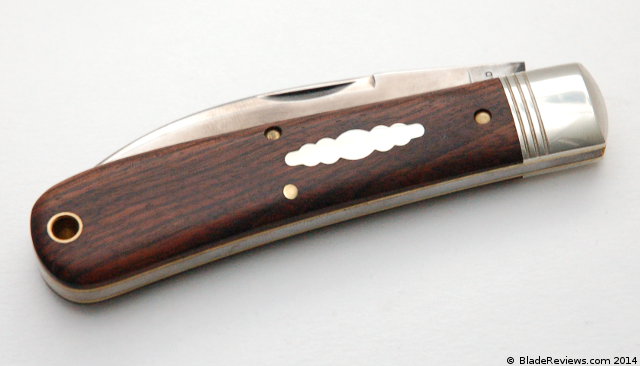
Deployment and Lockup
I should probably change this section to “Walk and Talk” to fall more in line with the idiosyncrasies of traditional folders. After all, this is a slip joint with a nail nick. The knife doesn’t “deploy” and there is no lock up. The nail nick is easy to get at, and the backspring on the slip joint is surprisingly strong. This is a purposeful two handed opening knife. There is a dedicated half stop, and the backspring is almost flush at the half stop.
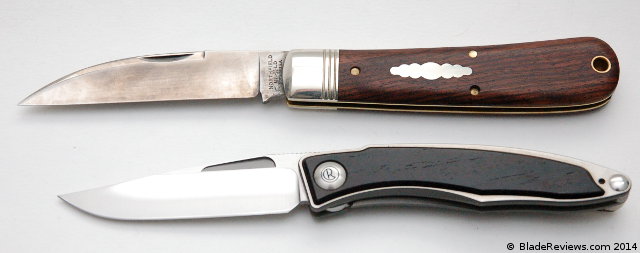
When closing the knife you need to use some level of care due to the strong back spring. There is a half stop, but if you aren’t careful there is still room for the meat of your finger to get pinched in between the ricasso and handle. The slip joint is sturdy and reassuring, and inspired enough confidence for me to take on tougher jobs. The spring itself is tempered high carbon steel. Still, you need to use some care when working with a knife like this. It’s not a locking folder, and it sure as heck isn’t a fixed blade. Make sure you are using the right tool for the job.
GEC Viper Review – Final Thoughts
The Viper has been a wonderful introduction to higher end US made slip joint knives. I really like the look of single bladed slip joints, and traditional wharnies, so it was easy to pick this one out of the GEC lineup when thinking of my first knife.
That said, I was still surprised at how much I have enjoyed the 47. This is a larger folder, but it is still innocuous enough to bring to work. It carries well, cuts cleanly, and is satisfying to open and use. The materials are great, the fit and finish are on point, and the price is reasonable. The knife is also made in the USA. At the end of the day I have an extremely hard time finding any kind of fault with the Viper. I could do without the lanyard hole, but I see why they included it. I am also not a huge fan of the amount of branding GEC etched onto the blade. Thankfully, that faded with cleaning. Beyond that I have no complaints.
I highly recommend the Viper if you are looking for a traditional folder or just an excellent EDC.
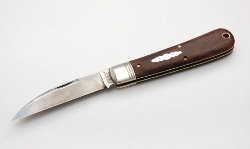
GEC Viper – From $82.36
From: KnivesShipFree
I recommend purchasing the Viper at KniveShipFree. Please consider that buying anything through any of the links on this website helps support BladeReviews.com, and keeps the site going. As always, any and all support is greatly appreciated. Thank you very much.
